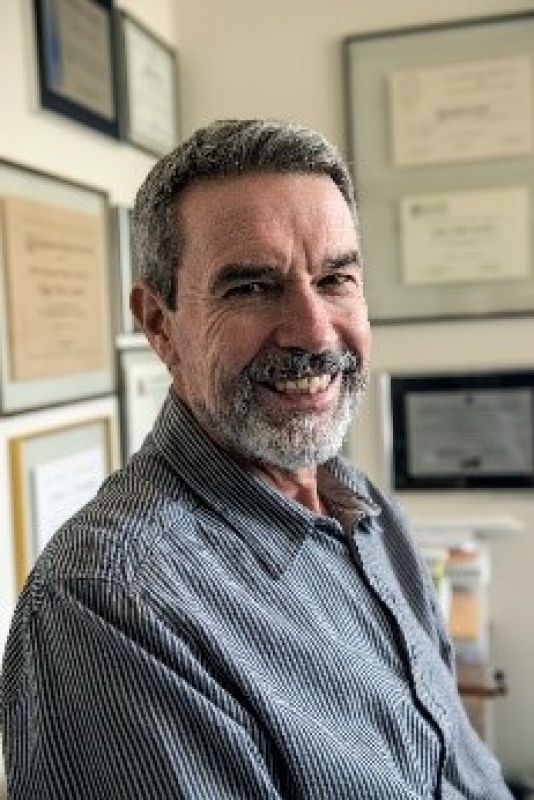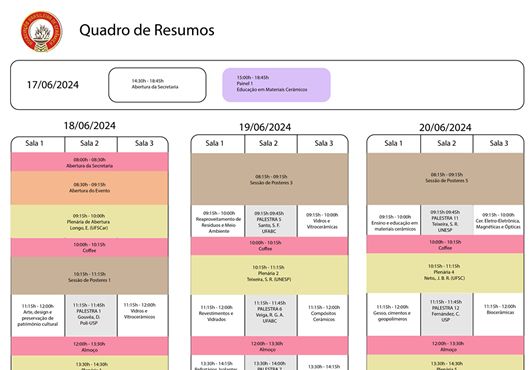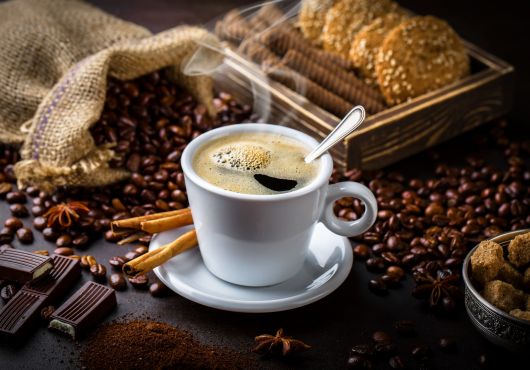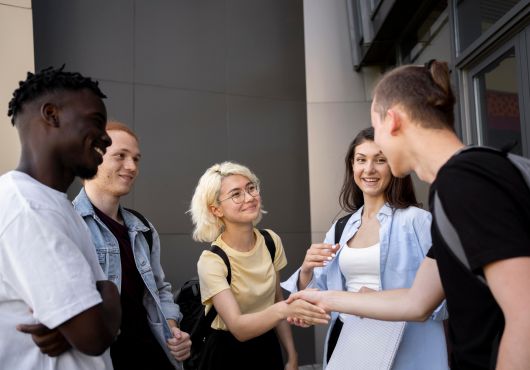Unlocking crystal nucleation in supercooled liquids and glasses

Professor Edgar Zanotto has been a Professor of Materials Science and Engineering at UFSCar since 1977. His work focuses on crystallization kinetics and properties of glasses and glass-ceramics. He and his group aim to understand and improve or develop nucleation and growth models of crystals in glasses, kinetics and mechanisms of crystallization, correlations with molecular structure, diffusion processes, sintering with concurrent crystallization, relaxation, and properties of glasses and glass-ceramics. They are also working on AI methods to predict properties and develop new glasses. EDZ has supervised over 100 MSc, PhD theses and post-docs. He has published approximately 450 articles in journals and conference proceedings, 30 book chapters, and filled 30 patents on these topics. For these activities, he has received 60 awards, including eight of the most prestigious international glass research awards.
Professor Zanotto is an editor of the Journal of Non-crystalline Solids and a board member of 10 other materials science and engineering journals. He is a member of the World Academy of Ceramics, The World Academy of Sciences (TWAS), Brazilian Academy of Sciences, Brazilian Academy of Engineering, São Paulo State Academy of Sciences, and a Fellow of the Fulbright Foundation, Society of Glass Technology UK, American Ceramic Society, and the Brazilian Ceramic Society. He is a council member of the International Commission on Glass (ICG), the International Ceramic Federation, and the FunGlass Institute. He chaired 6 of the most important international congresses on glass and served as a scientific committee member of approximately 50 other congresses. He has given over 160 invited lectures and over 40 plenary talks at national and international congresses.
Edgar Dutra Zanotto
Department of Materials Engineering
Center for Research, Technology and Education in Vitreous Materials (CeRTEV)
Federal University of São Carlos, Brazil
Abstract
Modern glass science defines the glassy state through three key features: structure, relaxation, and crystallization. Understanding how materials vitrify or avoid crystallization requires examining dynamic processes like relaxation and crystallization. Crystallization is the nemesis of vitrification, however, controlled nano or micro-crystallization allows the creation of valuable polycrystalline glass-ceramics. This centrality in hindering and harnessing crystallization makes it the most cited keyword in glass science history.
This lecture focuses on the early stages of crystallization, with a nod to relaxation processes. We will delve into the significant progress made in understanding crystal nucleation in supercooled liquids and glasses, where relaxation plays a critical role. The Classical Nucleation Theory (CNT), the workhorse for analyzing crystallization dynamics for over 70 years, has limitations. Experimental data reveals significant discrepancies between CNT predictions and observed nucleation rates and their temperature dependence in various glass formers, including metallic, organic, and oxide materials. However, recent MD simulations using simpler models (such as Lennard-Jones, BaS, ZnSe, Ge, Ni, and H2O) have successfully validated CNT and uncovered intriguing connections between crystal nucleation and dynamic heterogeneities within the material. Short videos will be used to enhance the presentation.
Entre em contato conosco caso precise de qualquer assistência





